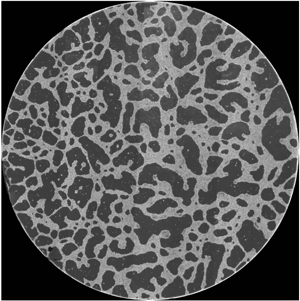Learning how cancer cells coordinate and collaborate to multiply and metastasize
March 12, 2020
National Institute of Information and Communications Technology
Osaka University



Information of the article
Technical Contact
HARAGUCHI Tokuko
Frontier Research Laboratory
Advanced ICT Research Institute
Tel: +81-78-969-2241
E-mail:

















Media Contact
HIROTA Sachiko
Press Office
Public Relations Department
Tel: +81-42-327-6923
E-mail:





















